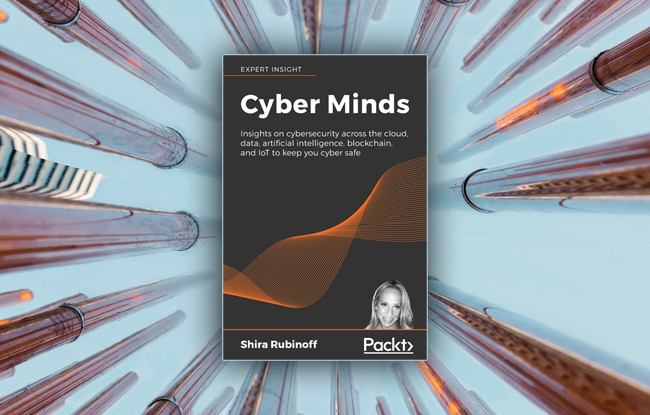Review: Cyber Minds
Humans are an essential part of any enterprise and should be considered the foundation of its cybersecurity. That’s probably easier said than done, but Shira Rubinoff has some useful tips for you.
Aside from being a prominent cybersecurity executive, speaker, cybersecurity and blockchain advisor, and having built two cybersecurity companies, Rubinoff also has an educational background in psychology. That’s why Cyber Minds is very human-oriented, meaning she views cybersecurity through its interconnectivity with humans.
Inside Cyber Minds
Every enterprise should take care of its cybersecurity by taking care of every single employee and giving them the opportunity and the knowledge to practice good cyber hygiene within the company. A company’s cybersecurity is as strong as its weakest link and every executive must realize that.
The author emphasizes four essential steps to achieve cyber hygiene that every company should implement in their workforce development strategies:
- Continuous training
- Global awareness
- Updated security and patching
- Zero trust
After giving you these guidelines, she warns about the most common behaviors that could lead to a data breach and the psychology behind them.
The next chapters include interviews with cybersecurity professionals where they share their opinions and knowledge, as well as give you real-life examples.
They talk about the possible impact of blockchain on the future of cybersecurity, about cloud technology concerns, the biggest breaches, the trends in cybersecurity, how to keep IoT safe, and the benefits of introducing military elements into cybersecurity.
The author dedicates a chapter to AI and the fear that such technology induces. AI is, without a doubt, the technology of the future and will become part of our lives whether we want it or not. The question is, can it be trusted? Can we let it manage cybersecurity?
Who is it for?
The book aims at business leaders, to make them recognize the importance of cybersecurity and the fact that setting rules is not enough. Employees must be educated and, from a psychological point of view, feel as an essential link in the cybersecurity chain.
The language is simple and comprehensible, the author doesn’t use excessive technical language, and the book is a great read for those in the C-suite that want to have a broader perspective of their company’s cybersecurity posture.
